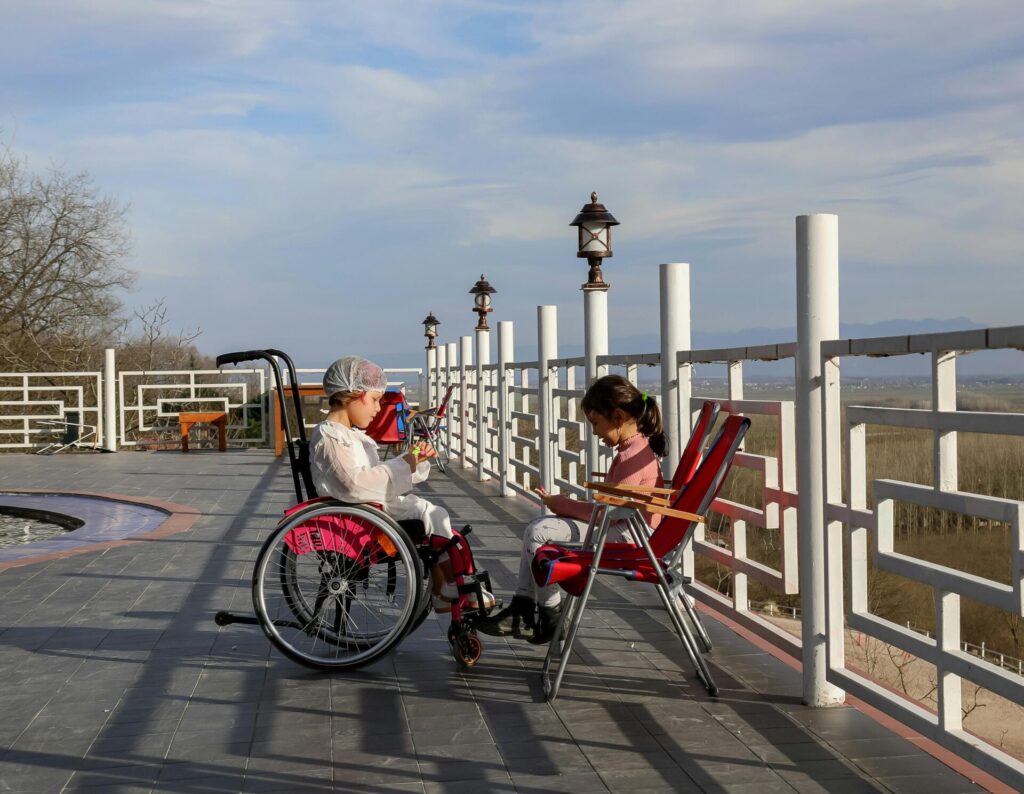Muscular dystrophy represents not just a single disease but a complex group of genetic disorders characterized by the progressive weakening and breakdown of muscle fibers. The implications of these conditions span across numerous types, each with varied symptoms and impacts on daily life. For parents navigating this challenging trajectory, understanding how physical therapy can play a crucial role in managing the condition is paramount.
Overview of Muscular Dystrophy
Muscular dystrophy encompasses several types, including Duchenne, Becker, limb-girdle, and more, each differing in terms of the age of onset, muscles affected, and progression rate. Common to many types, however, are symptoms such as muscle weakness, difficulty walking, and a range of mobility limitations that can affect a person’s ability to perform everyday activities.
The diagnosis of muscular dystrophy brings about profound changes, not only for the individual but for their entire family. The progressive nature of the disease necessitates a proactive approach to care, emphasizing both medical treatment and symptom management. This is where physical therapy emerges as a critical component of a comprehensive care plan.
The Role of Physical Therapy
Physical therapy serves as a beacon of hope for many families, offering ways to significantly improve muscle strength, flexibility, and overall mobility. Though muscular dystrophy might lead to muscle loss over time, engaging in regular physical therapy can help in maximizing the function of existing muscles and delaying the progression of symptoms.
Tailored Physical Therapy Programs
Understanding that muscular dystrophy manifests differently in everyone, physical therapists dedicate themselves to designing customized programs that cater to the individual’s current abilities and the specific type of dystrophy. These programs often include a mix of strength training, stretching exercises, and aerobic conditioning to address the patient’s unique needs. Early intervention and continual adaptation of the exercise regimen are key to ensuring that the therapy evolves alongside the progression of the disease.
Assistive Devices and Adaptive Techniques
Another aspect where physical therapy proves invaluable is in its ability to introduce patients to assistive devices and adaptive techniques. Physical therapists work closely with individuals to identify the most beneficial equipment, such as wheelchairs, braces, or walking aids, empowering them towards greater independence and mobility. Learning to effectively use these devices can open up new avenues for individuals with muscular dystrophy, enabling them to engage more fully with life.
The Importance of Early Intervention
Early intervention and consistent engagement with physical therapy can make a monumental difference in managing muscular dystrophy. Through regular sessions, physical therapists not only work on improving physical capabilities but also monitor the progression of the disease to adjust care plans as necessary. This proactive approach is vital in slowing down the degenerative process and fostering a higher quality of life.
For Parents Navigating This Journey
For parents facing the daunting reality of muscular dystrophy within their family, it’s essential to remember that you’re not alone. By actively seeking out physical therapy services and advocating for your child, you open the door to resources and support that can significantly influence their well-being and development. Collaborating with physical therapists and other healthcare professionals will ensure that your child receives the care and encouragement needed to meet the challenges ahead.
Muscular dystrophy may pose a myriad of challenges, but through the strategic application of physical therapy, there remains hope for maintaining strength, enhancing mobility, and, most importantly, improving the quality of life for those affected.

